
BIRDING IN
Victoria Falls National Park

BIRDING IN
Victoria Falls National Park

BIRDING IN
Victoria Falls National Park

BIRDING IN
Victoria Falls National Park
Victoria Falls National Park occupies the area between west bank of the Zambezi River below the Victoria Falls and the A8 national road. Entry is off Livingstone Way from the Zimbabwe Parks and Wildlife Management Authority entrance. The Zambezi National Park is north and east of Victoria Falls town along Livingstone Way with the main Park entrance a few kilometres north of Victoria Falls town next to the Zambezi River. A notable feature of the park is the rainforest which grows in the spray of the falls, including ferns, palms, liana vines, and a number of trees such as mahogany not seen elsewhere in the region. The park is located within the Zambezian and Mopane woodlands eco region.
The best birding time is during the summer rainy season, when there is a profusion of insect life and all the migrant birds are in residence. Swallows and warblers are the most prolific Eurasian migrants while a range of cuckoos migrate to the area from central Africa. Because of the rise in the water table some ground-nesting species leave the area during the wet season.There is less active bird life in the winter when the visitors have departed, but this is compensated for by an increase in resident raptor activity. Many of the larger eagles engage in courtship displays during early winter and breed during the dry season when trees have shed their leaves and prey on the ground is easier to spot.
Common birds along the river include the squadrons of Cape cormorants that fly low over the water, African darters and little egrets. Away from the river, look out for the variety of hornbill species, the fork-tailed drongo and the white-browed sparrow weaver, which is responsible for the conspicuous, round grass nests in the dry woodlands around Victoria Falls. The most commonly-seen large bird is the marabou stork.
Birding is a highlight of a trip to Victoria Falls: 470 species of birds have been recorded in both these parks and in the Victoria Falls area, including Pel's fishing owl, African skimmers, Taita falcon, African finfoot, Verreaux's eagle, African fish eagle, Miombo pied barbet, collared palm thrush, Lanner falcon, Goliath heron, osprey and half-collared kingfisher. More birds here are; White-faced Whistling-Duck, Fulvous Whistling-Duck, Knob-billed Duck, Egyptian Goose, Spur-winged Goose, African Pygmy-Goose, Blue-billed Teal, Cape Shoveler, African Black Duck,Yellow-billed Duck, Red-billed Duck, Southern Pochard, Crested Francolin,Coqui Francolin, Shelley's Francolin, Harlequin Quail, Red-billed Francolin, Natal Francolin, Swainson's Francolin, Greater Flamingo, Lesser Flamingo, Little Grebe, Mourning Collared-Dove, Red-eyed Dove, Ring-necked Dove, Laughing Dove, Emerald-spotted Wood-Dove, Namaqua Dove, African Green-Pigeon etc. Double-banded Sandgrouse,Kori Bustard, Denham's Bustard, Red-crested Bustard, Black-bellied Bustard, Schalow'sTuraco, Purple-crested Turaco, Ross's Turaco, Gray Go-away-bird, Senegal Coucal, Coppery-tailed Coucal, White-browed Coucal, Black Coucal, Great Spotted Cuckoo, Levaillant's Cuckoo, Pied Cuckoo, Dideric Cuckoo, Klaas's Cuckoo, African Emerald Cuckoo, Black Cuckoo, Red-chested Cuckoo, African Cuckoo, Common Cuckoo etc.
Our Experts are ready to provide answers
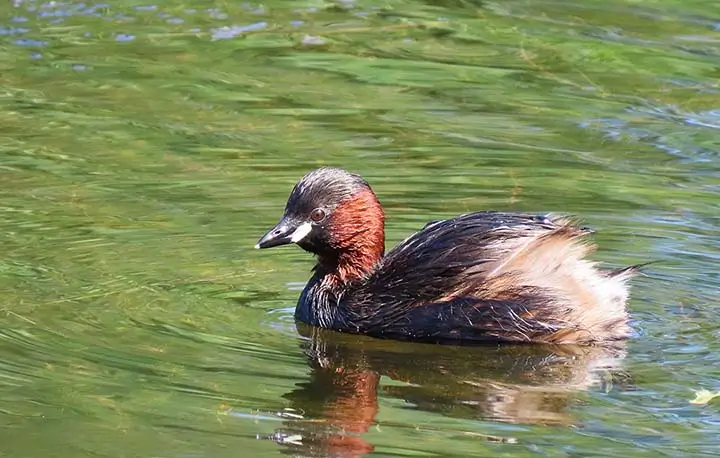
Common birds to look out for while catching your breath are several miombo specials, namely the Miombo Rock Thrush, Miombo Grey and Rufousbellied tits, Miombo Double-collared Sunbird, and MashonaHyliota.
Read More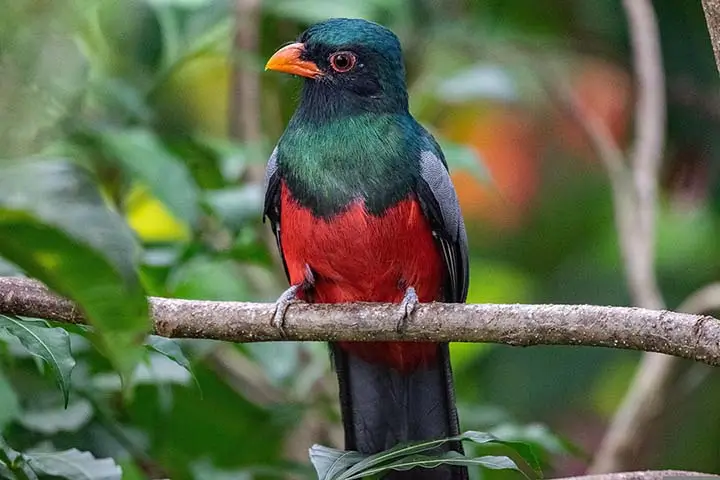
Chizarira provides a wide variety of habitats for birds, with nearly 400 species having been recorded.
Read More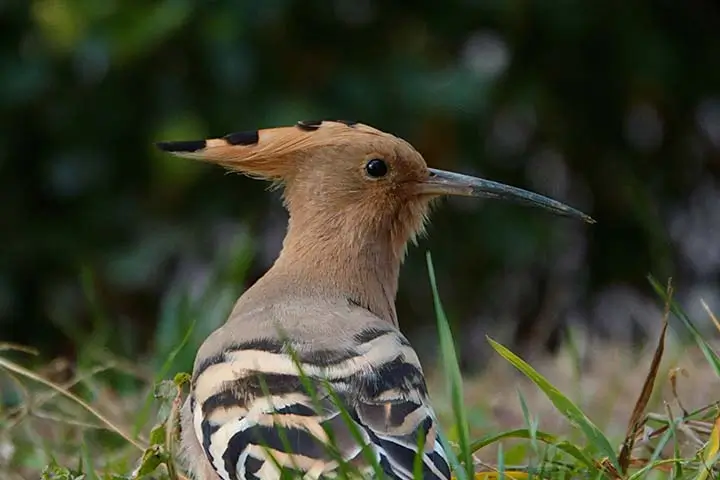
owering red cliffs and massive baobab trees create a dramatic backdrop to Big 5 game viewing as well as bird watching that ranks among the best in the region.
Read More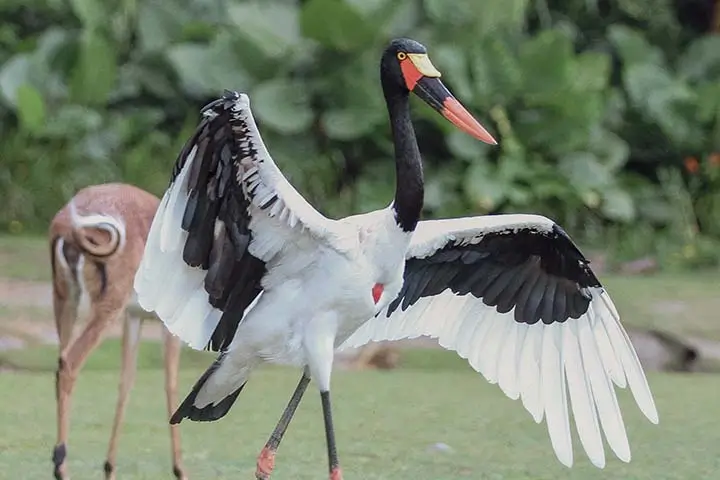
Generally, Hwange is considered to be of conservation importance for 24 species, including Ciconiaepiscopus, Oxyuramaccoa, Gallinula angulata and Chlidonias hybridus.
Read More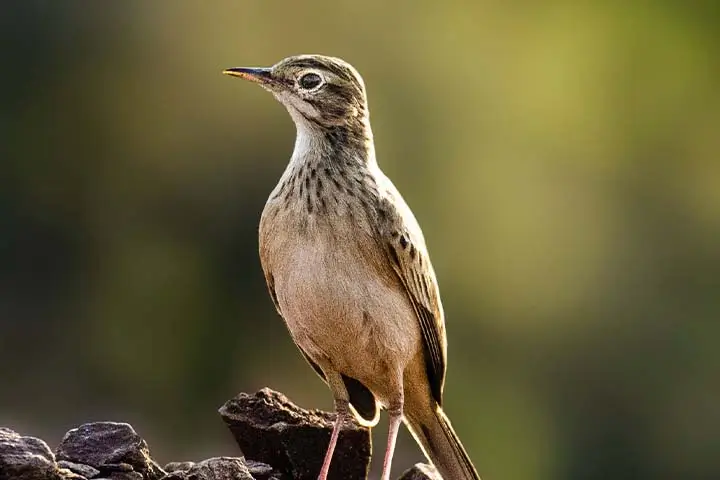
he pan systems are also ideal habitat to a large variety of water birds, with a number of species including storks, crowned cranes, stilts, cormorants, ducks and kingfishers occurring throughout the area.
Read More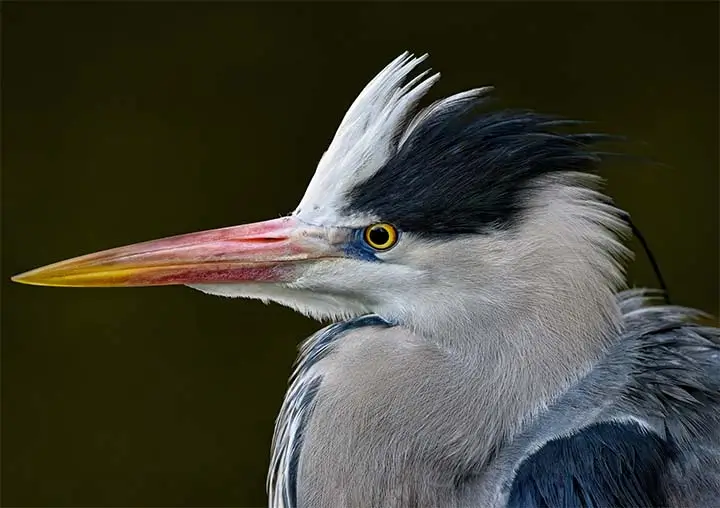
The remnant pools of the mighty Zambezi River attract many mammals and bird species.
Read More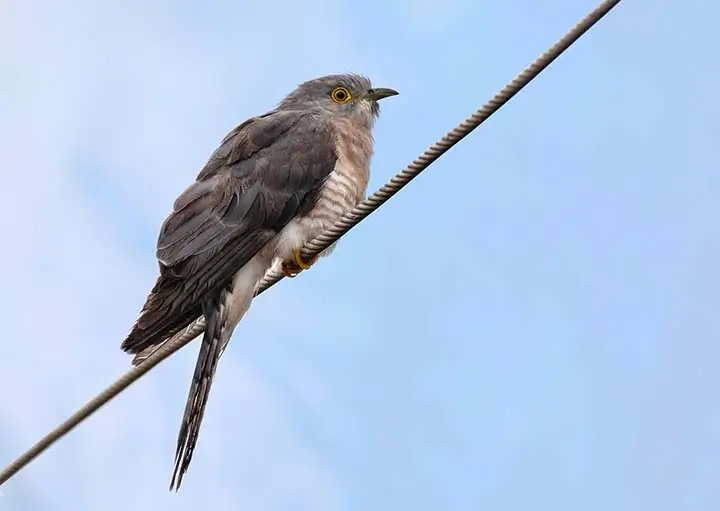
Matobo National Park contains the highest concentration of black eagles, and breeding pairs of these birds, worldwide.
Read More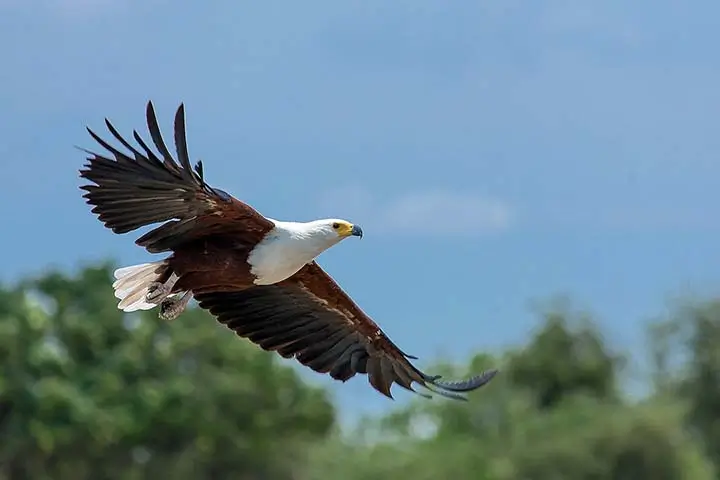
Giant African fishing eagles sit on trees. Smaller but colorful kingfishers and bee-eaters divebomb for fish and insects and when you add all the egrets and cranes and storks it's a total birder's paradise.
Read More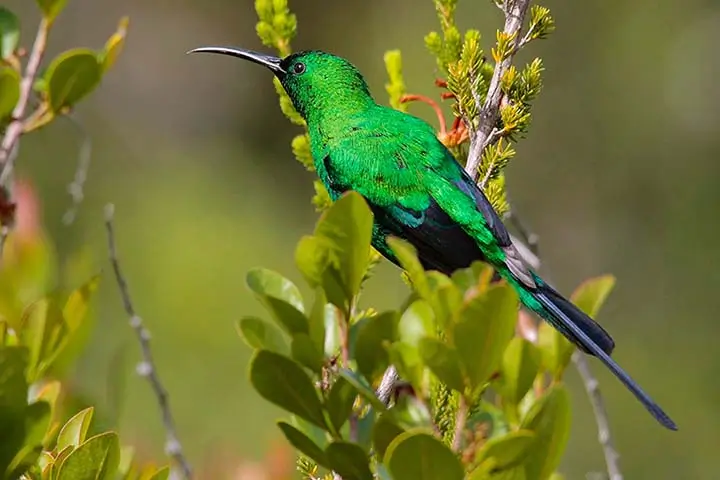
The Nyanga Mountains form the northernmost extent of the Eastern Highlands in Zimbabwe. They lie about 70 km north-east of Mutare in two rural Districts, Nyanga and Mutasa.
Read More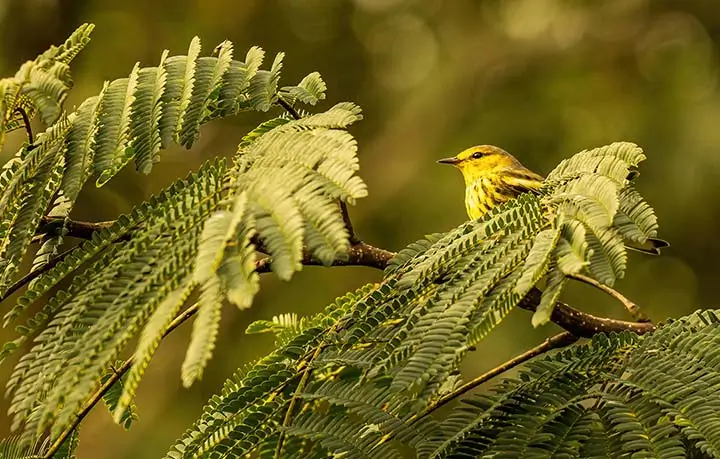
Lake Chivero hosts many waterbirds, and 100 species are on the checklist. At times, thousands occur. In the austral winter, many ducks loaf on the dam during their flightless moult.
Read More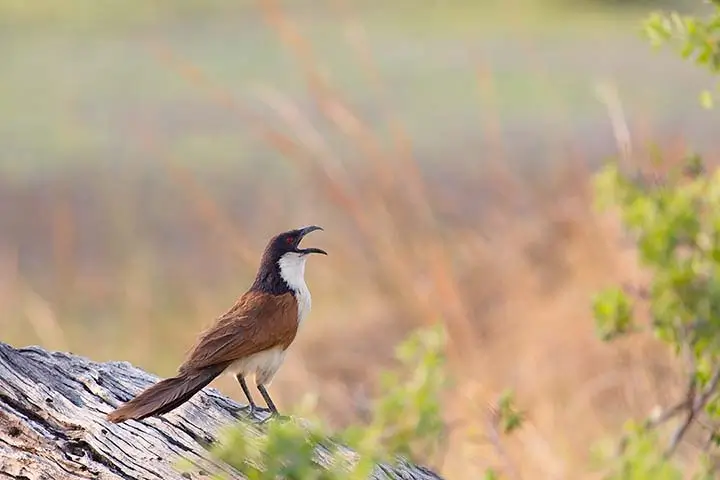
There are bird specials here that are far easier to find than anywhere else in the country. You'll probably be able to tick off lifers like grey-headed parrot, African broadbill, short-clawed lark, Shelley's francolin and crested guineafowl. Others, like Arnott's chat and the Senegal coucal, are central African birds at the southern edge of their range here.
Read More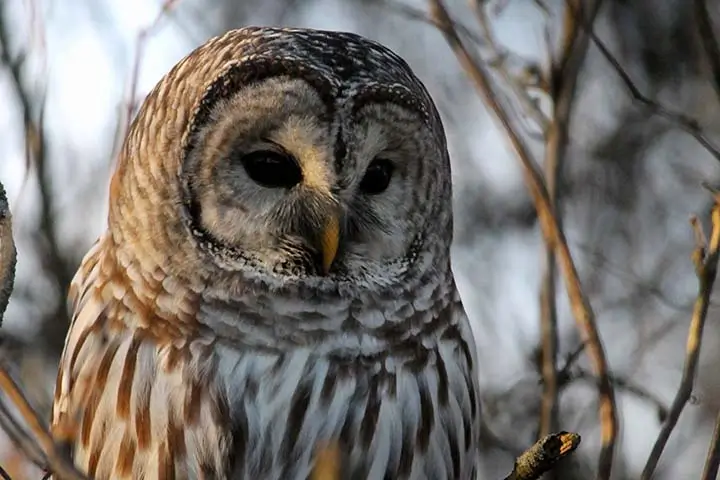
Just 15 kilometres from Mutare, the capital of Manicaland province, rise the rounded granite domes of the Bvumba, the Eastern Highlands' most popular birding destination.
Read More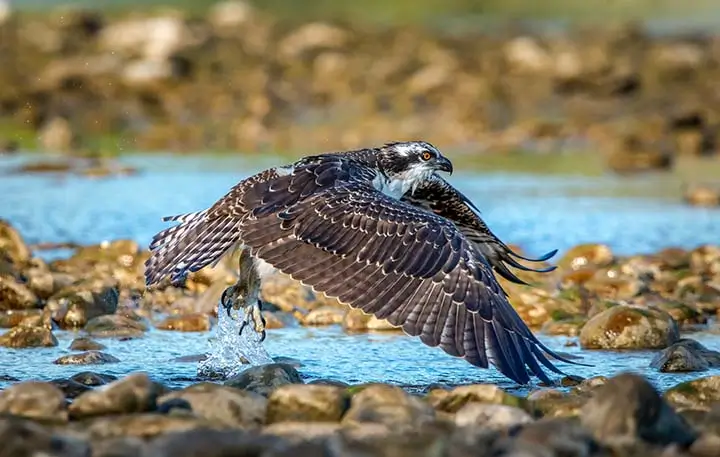
Over 400 species of birds have been recorded within the Zambezi National Park. Pel's fishing owl, African skimmer, collared palm thrush; lanner falcon, goliath heron, African finfoot, rock pratincole and long-toed lapwing are considered to be among the speciality birds of the park.
Read More